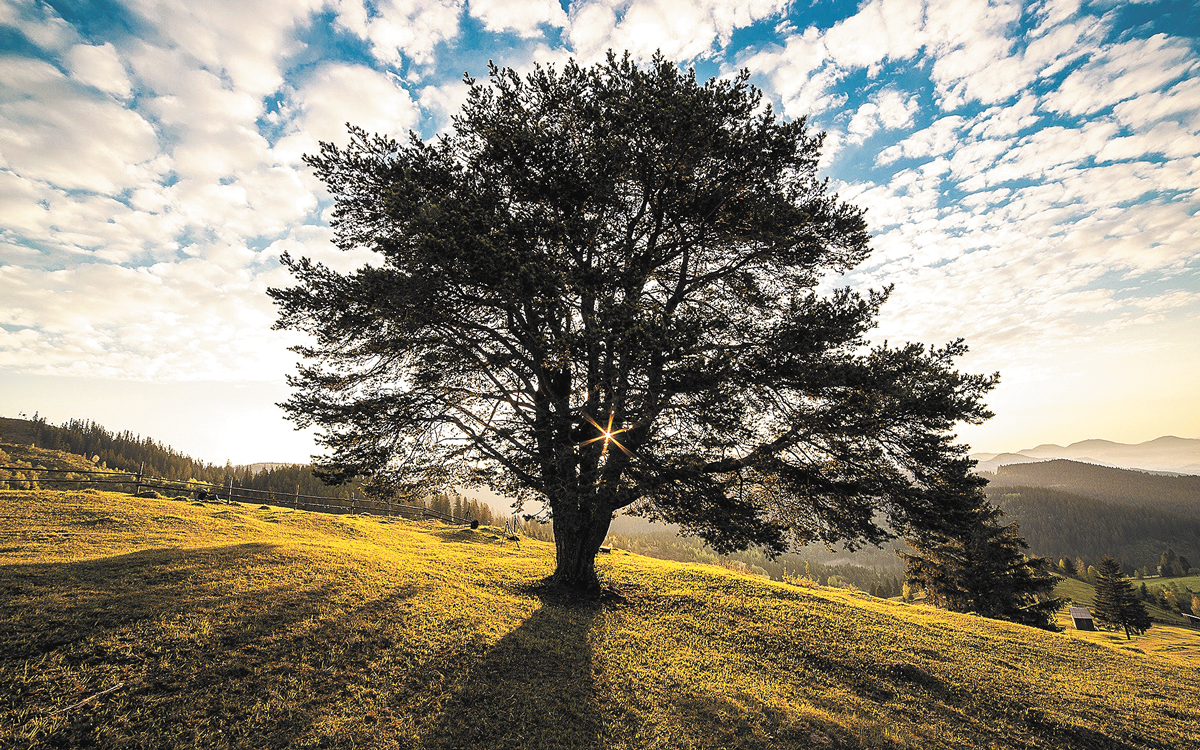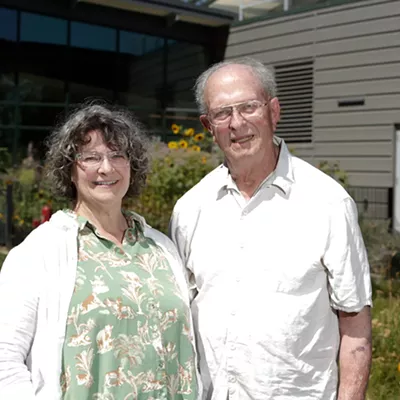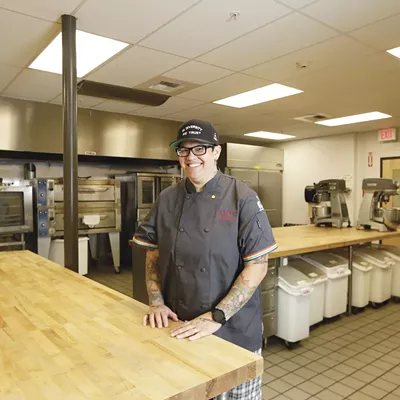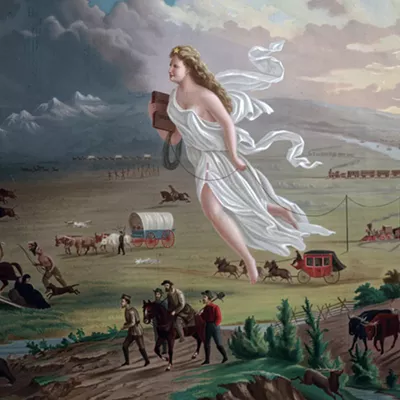
While teaching in Italy this summer, I got a little lost. In the humid, viridescent Tuscan hills, time altered its rhythm. My fingers brushed a cool piece of stone in Il Duomo di Siena and suddenly years stopped making sense. Objectively, I knew that the cathedral's construction took place between its commission in 1196 until its completion in the 1300s, but my mind simply could not grasp the meaning of centuries. My hand had touched what millions of others had also once felt, and our lives merged together through time. I was all awe and wonder about those others — their heartaches, joys, sorrows and daily woes. History's rope had intricately woven past lives into my present, which will eventually become my past in another's future. Individual story is illusive, succumbing to the only thing that can remain intact over millennia — collective narrative.
From this perspective, any action but global synergistic allegiance seems ludicrous and laughable. Why is our sole purpose not to live in daily devotion to the pursuit of shared societal advancement?
Then on the flight home, I read about trees. Time altered again. In Overstory, Richard Powers preaches the gospel of our endangered greens by centering them in chapter and verse: "Roots, Trunk, Crown and Seeds." Trees are the protagonists, who provide us with everything: medicine, oxygen, sustenance, shade, raw materials — in essence, life. I read that they communicate and coordinate: "Trees talk to one another, over the air and underground. How they care and feed each other, orchestrating shared behaviors through the networked soil. ... There are no individuals in a forest, no separable events." They protect: "We found that trees take care of each other... trees sense the presence of other nearby life. That a tree learns to save water. That trees feed their young and synchronize their masts and bank resources and warn kin and send out signals to wasps to come and save them from attacks. A forest knows things." They adapt: "The planet's supreme intelligence could discover calculus and the universal laws of gravitation before anyone knew what a flower was for." And they even sing: "The Redwoods do strange things. They hum."
Trees are a part of us: "You and the tree in your backyard come from a common ancestor. A billion and a half years ago, the two of you parted ways. But even now, after an immense journey in separate directions, that tree and you still share a quarter of your genes." Once again, I was all awe and wonder about those others — their challenges and triumphs, friends and foes. History's 385-million-year journey of growth now faces near extinction, which will eventually lead to eradication, no hope of a future where someone will touch a stone and wonder about us.
From this perspective, any action but holistic alliance seem ludicrous and laughable. Why is our sole purpose not to live in daily devotion to the pursuit of symbiosis?
Insatiable in our human infancy (comparatively only a 2 million-year journey of growth), we are the antagonist, craving far more than can be exchanged sustainably. "It's so simple. ... So obvious. Exponential growth inside a finite system leads to collapse. But people don't see it. So the authority of people is bankrupt." Not all people. Indigenous guardians and environmentalists have perpetually warned, but we often fail to heed. In truth, my progressive advocacy has been mostly half-hearted — a fleeting awareness of our suicidal tendencies to kill what supports us alongside the hypocrisy of my spending habits. Consumption continually prioritized over conservation.
Maybe confrontation with the ancient will cement more humility within me this time. The dichotomous truth we fail to comprehend — that we are an infinitesimal but interconnected part of this grand old evolutionary arc — should be more pressing. Glimpsing swaths of time's passing was disorienting though hopefully developmental. I am more aware of the ways I have failed to adequately care for all of creation, people and plants. My missed opportunities to learn from a natural world that has seen fit to continue nurturing us since conception. I just hope it's not too late to learn.
I want to figure out how to grow old gracefully from the bristlecone pine — Methuselah is one aspirational example, over 5,000 years old. To see my transformation from black to gray and firmness to wrinkles and lines as beauty marks instead of things to be hidden; proud of my accumulation of time instead of things. I want to delay gratification with the patience of an oak, cradling a seed that can lay dormant for millennia. I want to let go as graciously as a linden. To release any unnecessary expenditures of energy from holding on. To let things drop like leaves slip gently to the earth when its time, without any malice, each imbued with a new sense of purpose and renewal, perpetuating only growth. And I want to be able to give it all away, like a Douglas fir on its deathbed, sending out "its storehouse of chemicals back down into its roots... donating its riches to the community pool in a last will and testament."
I guess I'll just have to watch and learn. Now, sometimes I can be found, in the morning, staring off into the trees. I let Ma and Morricone's "The Mission (Gabriel's Oboe)" swell. It's the perfect soundtrack for a hummingbird dance. My eyes can now focus on what I keep looking at but never seeing — trees dancing, branching, nourishing. Despite all the harm we have caused them, they still root for us. Trees continue to teach us the profundity of love, and amidst such an abundant and abiding connection, I don't feel nearly as lost. ♦
Inga N. Laurent is a local legal educator and a Fulbright scholar. She is deeply curious about the world and its constructs and delights in uncovering common points of connection that unite our shared but unique human experiences.




















